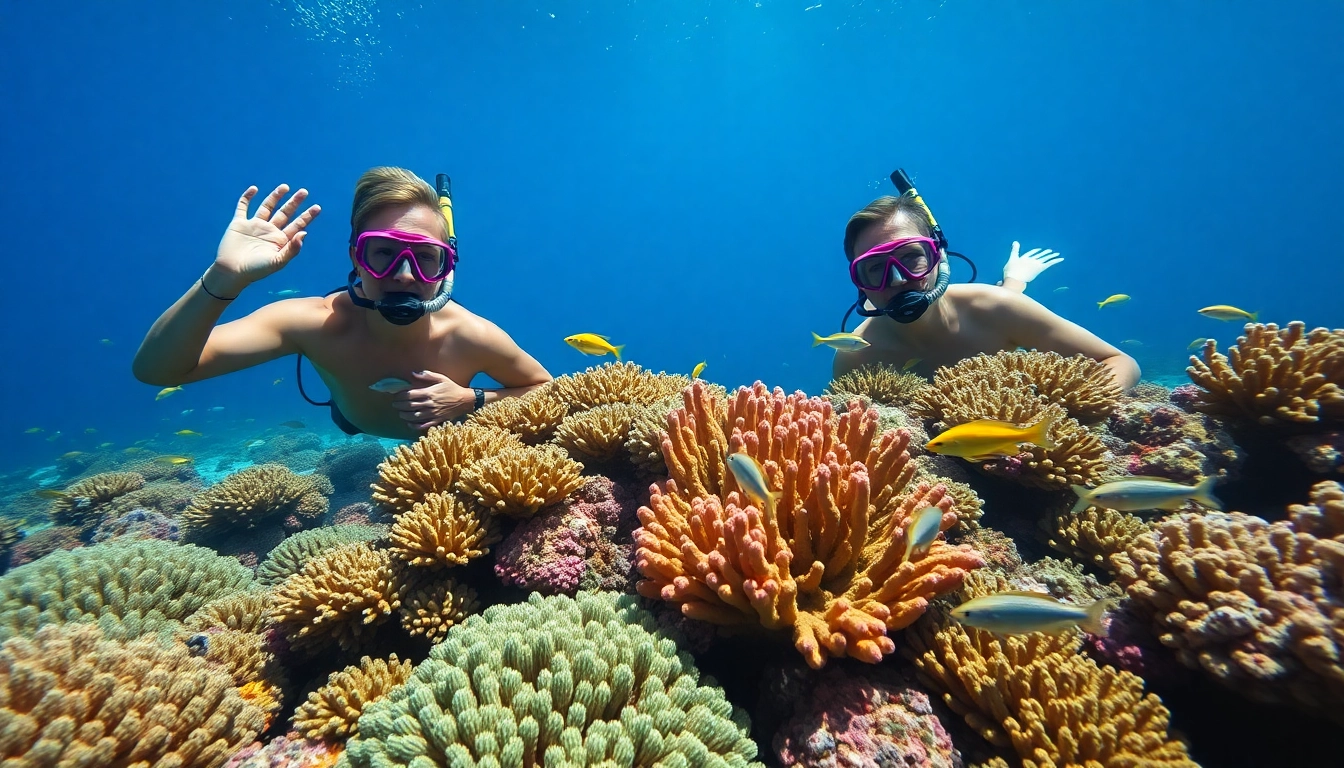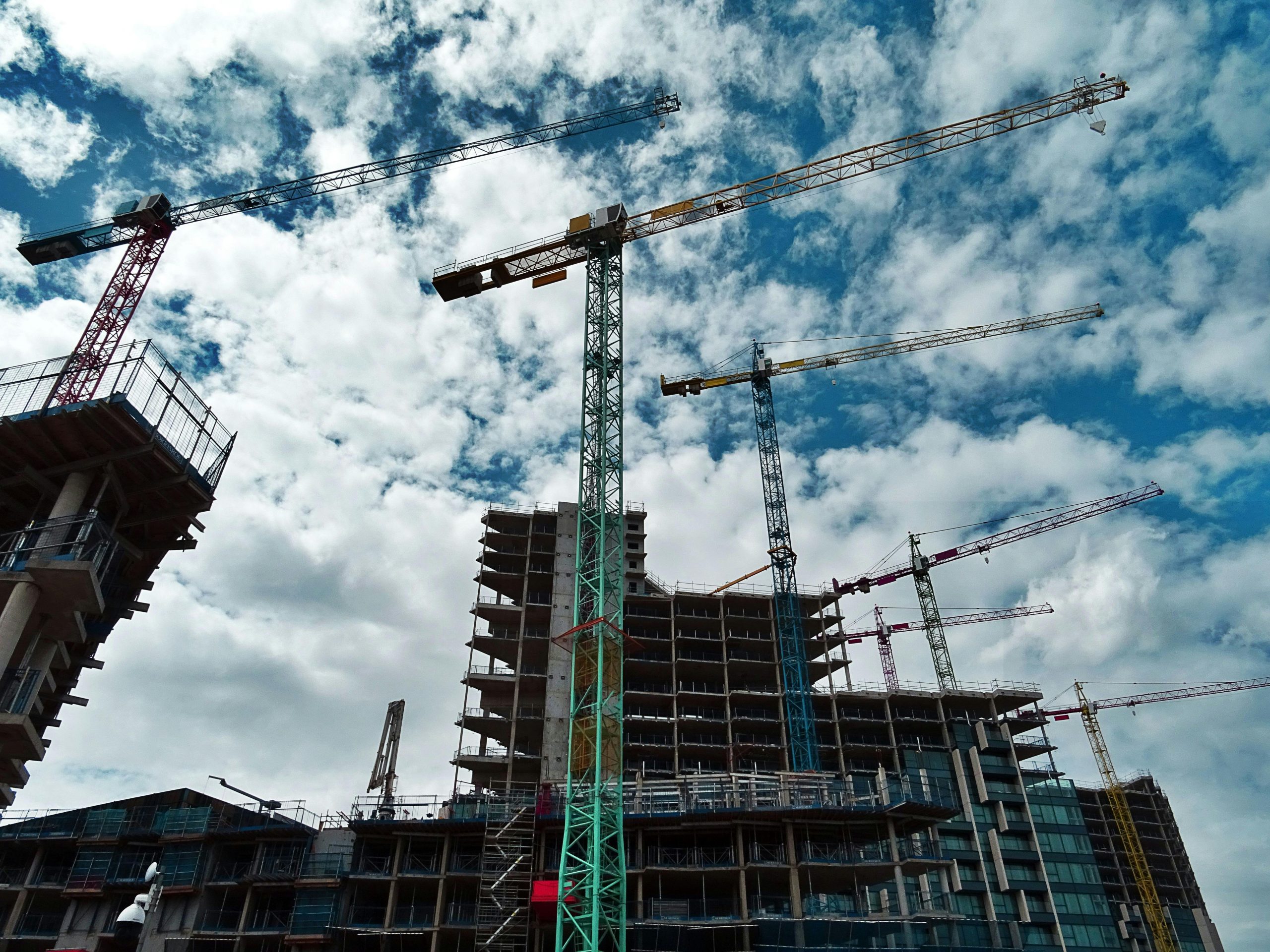Understanding Padi Diving Fundamentals
What is Padi Diving?
Padi Diving refers to the scuba diving training and certification programs administered by the Professional Association of Diving Instructors (PADI). Established in 1966, PADI is recognized globally as the leading organization for divers, and it has trained millions of divers worldwide. This extensive reach has ensured that PADI courses are synonymous with safe, standardized, and high-quality scuba diving education.
PADI Diving encompasses various levels of training, from beginner courses to advanced certifications and specialties. With a systematic approach, PADI provides divers with not only the skills necessary to enjoy underwater exploration but also the knowledge to do so safely and effectively. Whether one seeks to explore coral reefs, deep-sea wrecks, or the fascinating world of marine life, Padi Diving offers a structured pathway.
Importance of Certification
Certification in PADI Diving serves multiple crucial purposes. Firstly, it assures that divers possess a standardized level of competence, which enhances safety both for themselves and their diving partners. Each course is designed to progressively build skills and knowledge, ensuring that divers can handle varying underwater conditions.
Secondly, a certification signifies a commitment to best practices in diving safety. It reflects a diver’s understanding of critical subjects such as buoyancy control, dive planning, and emergency procedures. Additionally, being certified opens up opportunities to dive in more advanced and challenging locations, as many dive operators require proof of certification before granting access to specific dive sites.
Overview of Padi Courses
PADI offers a wide array of courses designed for divers at all levels. Here’s a brief overview:
- Open Water Diver Course: This entry-level course teaches fundamental skills for beginner divers to explore underwater environments safely.
- Advanced Open Water Diver Course: Designed for certified divers seeking to enhance their skills, this course introduces new diving techniques and environments.
- Rescue Diver Course: Focuses on emergency response and rescue techniques, instilling confidence in divers to handle potential underwater emergencies.
- Specialty Courses: These include various focused training modules such as Deep Diver, Night Diver, and Wreck Diver, providing opportunities to specialize in areas of interest.
- Divemaster and Instructor Courses: PADI also lays out a pathway for professional diving careers, allowing divers to become leaders and educators in the diving community.
Essential Gear for Padi Diving
Types of Diving Equipment
The right diving equipment is essential for a safe and enjoyable experience in the water. Here’s a breakdown of typical diving gear:
- Wetsuits/Dry Suits: To protect against temperature changes and environmental hazards while underwater, divers wear these thermal protection suits.
- Regulator: This device allows divers to breathe by converting high-pressure air from the tank into breathable air.
- Buoyancy Control Device (BCD): A critical piece of gear that helps divers maintain neutral buoyancy in the water.
- Tank: The air cylinder that holds the compressed gas used for breathing underwater.
- Fins, Masks, and Snorkels: Basic gear that enhances mobility, visibility, and breathing during shallow dives.
Choosing the Right Gear
Selecting the appropriate diving equipment can significantly influence the scuba diving experience. Divers should consider several factors when choosing gear:
- Type of Diving: The choice of equipment often depends on the specific type of diving planned. For instance, saltwater diving requires different considerations than freshwater diving.
- Personal Comfort: Comfort in diving equipment is paramount, as ill-fitting gear can lead to discomfort and potential safety risks.
- Budget: Although investing in quality equipment can be costly, divers should not compromise on safety to save money. Renting gear is an option for those just starting out.
Maintenance and Care Tips
Proper maintenance of diving equipment is key to ensuring safety and longevity. Here are some essential tips:
- Rinsing: Always rinse gear with freshwater after diving, especially in saltwater, to prevent corrosion and damage.
- Regular Inspections: Check equipment for wear, tears, and other signs of damage. Inspect regulators and tanks for leaks and ensure all connections are secure.
- Storage: Store diving gear in a cool, dry place, away from direct sunlight and lay flat to avoid deformation of suits and BCDs.
Techniques for Safe Padi Diving
Basic Diving Techniques
Mastering basic techniques is essential for safe diving. These include:
- Equalization: A technique used to balance pressure in the ears and sinuses as a diver descends.
- Buoyancy Control: Refers to the ability to maintain a desired depth without swimming upwards or downwards. Scuba divers achieve this with their BCD and by managing their breath.
- Finning Techniques: Proper finning techniques reduce fatigue and improve movement efficiency in the water.
Safety Protocols and Best Practices
Safety should always be the top priority in diving. Here are some fundamental safety practices divers should follow:
- Dive with a Buddy: Always dive with a partner to enhance safety and support in emergency situations.
- Pre-Dive Safety Check: Conduct a thorough check on your gear and that of your buddy before each dive, following the “ABC” checklist: Air, Buoyancy, and Control.
- Plan Your Dive: Establish and agree upon the dive plan, including depth, time limits, and emergency procedures, before entering the water.
Dealing with Underwater Challenges
Understanding how to handle underwater challenges can make a significant difference in a diver’s experience:
- Handling Panic: The ability to stay calm and focused in case of emergencies, such as running low on air or losing a buddy, is crucial.
- Dealing with Barotrauma: Knowledge of how to equalize correctly to prevent injuries related to pressure changes during descent and ascent.
- Contingency Planning: Understanding and preparing for scenarios, including currents, poor visibility, and equipment failure, can help reduce anxiety and manage challenges effectively.
Progressing Through Padi Diving Certifications
Beginner to Advanced Levels
The journey through PADI certifications begins with the Open Water Course, which introduces essential skills and knowledge. As divers progress to advanced levels, they gain access to more challenging environments and dives, enhancing their experience and competence level. The Advanced Open Water Diver course allows divers to explore deeper and more complex dive sites while honing their skills.
Specialized Courses and Specialties
Once certified, divers have the opportunity to pursue specialized courses tailored to specific interests. These specialties can include:
- Deep Diving: Emphasis on diving beyond 18 meters, focusing on the unique challenges and safety considerations.
- Wreck Diving: Divers learn safe approaches to exploring sunken vessels while understanding the relevant safety protocols and environmental considerations.
- Underwater Photography: Combines the art of photography with the science of diving, enhancing the underwater experience by capturing imagery.
Benefits of Becoming a Padi Dive Professional
For those looking to further their diving journey, becoming a PADI Dive Professional brings unique benefits:
- Career Opportunities: Being a dive instructor opens many career paths within the diving industry, from leading dives to teaching new divers.
- Global Recognition: PADI professionals are recognized worldwide, which can lead to opportunities in different countries and settings.
- Personal Growth: Advancing to a dive professional encourages continual learning and skill development, resulting in enhanced confidence and expertise.
The Environmental Impact of Padi Diving
Conservation Practices for Divers
Diving goes hand-in-hand with the responsibility of preserving marine environments. PADI encourages conservation through various initiatives aimed at protecting underwater ecosystems. Responsible diving practices include avoiding touching marine life, not disturbing coral reefs, and adhering to marine park regulations. Divers can participate in local clean-ups and other efforts aimed at protecting the waterways and marine biodiversity.
Community Involvement and Education
Diving communities play a critical role in environmental awareness and action. PADI offers various resources and affiliations with conservation organizations, enabling divers to participate in educational activities that promote marine conservation. Training programs often integrate discussions about the ecological importance of marine habitats, fostering a sense of stewardship among divers.
Future of Diving and Sustainability
The future of diving increasingly intertwines with sustainability efforts. Innovative practices, such as using eco-friendly diving gear and alternative energy sources for dive boats, are slowly becoming adopted within the industry. The push for eco-conscious diving practices ensures not just the longevity of the diving industry itself, but the health of underwater ecosystems as well. As more divers become eco-aware, they contribute positively towards sustaining the ocean’s health for future generations.















Leave a Reply